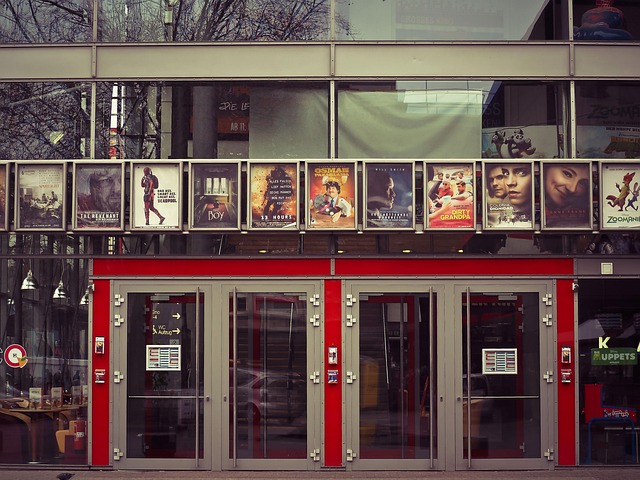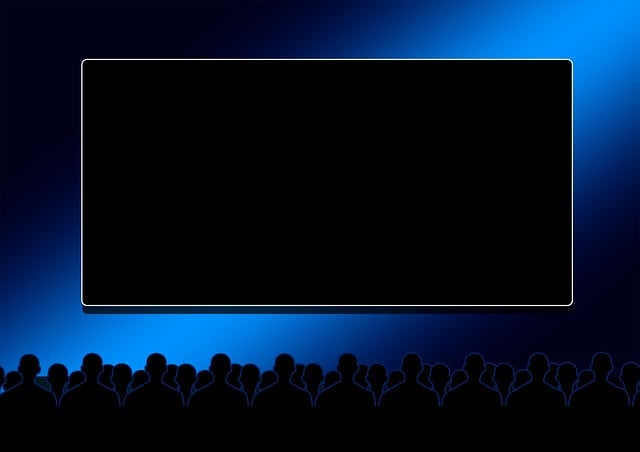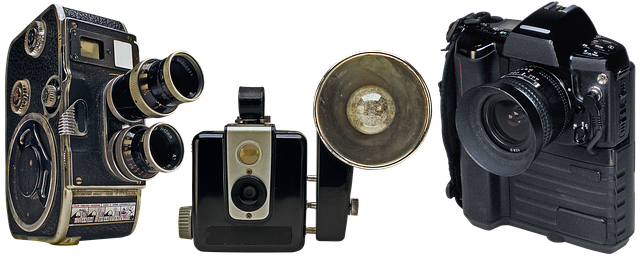"Fear and Loathing in Las Vegas" uses Sin City as a microcosm to explore the contrast between the American Dream and decadence, with casinos as central symbols of hedonism and materialism. The film portrays Las Vegas as a stage for an intense psychological journey, reflecting societal trends of immediate gratification and sensory overload. It critiques modern American experiences, warning about the dangers of excess and hedonistic pursuits leading to self-destruction, making it a standout movie about casinos.
“Dive into the neon-lit world of Fear and Loathing in Las Vegas, a cinematic odyssey that transforms the glittering city into a mirror reflecting America’s complex dream. This article explores how the film, with its unique blend of reality and surrealism, dissects the allure and dangers of excess through the lens of Las Vegas. From the exuberant casino culture to the dark underbelly of hedonism, we unravel the themes of fear, paranoia, and societal critique that make this movie a captivating study on human nature and our relentless pursuit of pleasure, set against the backdrop of the vibrant, yet treacherous, city of casinos.”
- The Setting: Las Vegas as a Microcosm of American Dream and Decadence
- – Explore the city of Las Vegas as a symbol of excess and hedonism reflecting broader societal trends.
- – Discuss how the movie uses the casino culture to represent the pursuit of pleasure, materialism, and the dark underbelly of the American Dream.
The Setting: Las Vegas as a Microcosm of American Dream and Decadence

Las Vegas, often referred to as Sin City, serves as a captivating microcosm in the narrative of Fear and Loathing in Las Vegas. The setting encapsulates the dichotomy of the American Dream and decadence, where glitz and glamour mask undercurrents of desperation and excess. This vibrant city, brimming with casinos, neon lights, and hedonistic entertainment, becomes a stage for an intense exploration of the human psyche.
The movie, among Movies About Casinos, presents a satirical mirror reflecting American society’s dual nature. The surface allure of Vegas—a utopia of instant gratification and unbridled freedom—contrasts sharply with the dark underbelly exposed by the characters’ descent into a surreal, drug-fueled haze. This setting allows for a compelling critique of the modern American experience, where materialism, hedonism, and the relentless pursuit of pleasure can lead to alienation and self-destruction.
– Explore the city of Las Vegas as a symbol of excess and hedonism reflecting broader societal trends.

Las Vegas, as depicted in Fear and Loathing in Las Vegas, serves as a microcosm of society’s relationship with excess and hedonism, reflecting broader cultural trends through the lens of casinos and their allure. The movie portrays a city where people flock to indulge in a variety of vices—gambling, drug use, and wild parties—embodying a culture that prioritizes immediate gratification and sensory overload. This hedonistic paradise is a stark contrast to the mundane and restrictive aspects of everyday life, offering a temporary escape from societal norms and responsibilities.
The city’s neon lights, grand hotels, and endless entertainment options symbolize the promise of instant fulfillment and adventure. It attracts individuals seeking a break from their mundane routines, reflecting a societal desire for escapism and a chance to let loose. The casinos, in particular, represent the seductive power of luck and chance, where people risk everything in pursuit of quick wealth and exhilaration. This reflection on societal trends is a key element that draws viewers into the world of Fear and Loathing in Las Vegas, making it a notable entry among movies about casinos.
– Discuss how the movie uses the casino culture to represent the pursuit of pleasure, materialism, and the dark underbelly of the American Dream.

In “Fear and Loathing in Las Vegas,” the movie masterfully employs the casino culture as a symbolic canvas to explore themes of pleasure, materialism, and the perverse allure of the American Dream. The glitz and glamour of the casinos serve as a backdrop for the protagonists’ spiraling descent into a world of excess and decay, reflecting a darker interpretation of the pursuit of happiness and success. The film portrays the act of gambling as more than just a pastime; it becomes a metaphor for the reckless chasing after material gains and instant gratification that can lead to moral decay and personal ruin.
As a movies about casinos, this narrative delves into the underbelly of Las Vegas, exposing the emptiness and deception beneath the neon lights. The excessive drinking, drug use, and wild behavior within the casino walls symbolize the desperateness of the characters to find meaning or escape their mundane lives. This depiction highlights the contrast between the glamorous exterior of the casinos and the dark, addictive reality that lurks beneath, offering a critique on the materialistic nature of American society and its pursuit of the unattainable dream.
“Fear and Loathing in Las Vegas” stands as a captivating exploration of the allure and dangers inherent in the American Dream, as mirrored in the glitz and glamour—and underbelly—of casino culture. This classic movie invites viewers to question their own desires and the lengths they might go to chase them, leaving a lasting impact on those who delve into its frenetic narrative. As a unique entry in movies about casinos, it offers a critical lens through which to view the seductive yet treacherous path of excess, making it a timeless piece of cinematic art.






